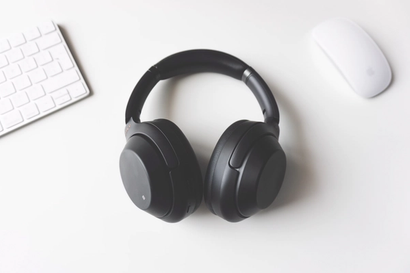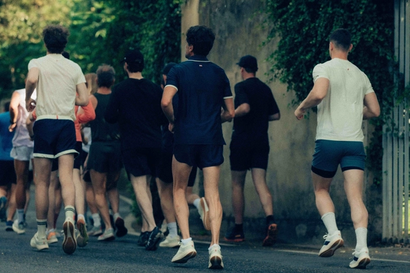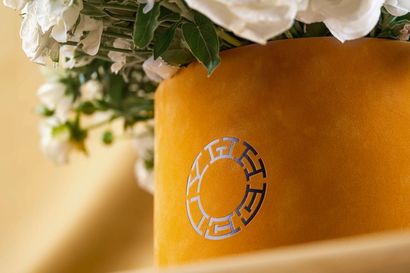Being the best in the game means two things: going to extremes to win and doing whatever you can do to get there. Going to the extreme is second nature of a man or woman who has made winning a part of their daily doing. And so, we’re here to take a look at 5 of the most extreme training regimes employed by some of the worlds top athletes.
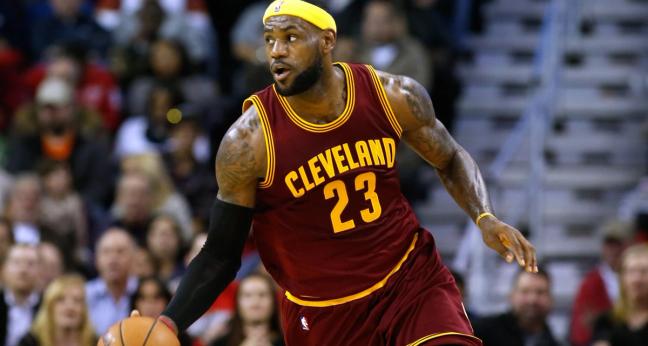
AP Photo/Jonathan Bachman
What do Lebron James, Tiger Woods and Michael Phelps have in common? Apart from all receiving huge pay cheques, they’ve all had high altitude training. Perhaps it’s no coincidence that they are masters of their respective games, since this type of training is designed to give a discernible physical edge. The New York based company Hypoxico allows athletes to either live in or train in an oxygen-reduced air environment. These conditions simulate altitudes of up to 21,000ft in the comfort of their living room or training facility, in turn improving their breathing and overall cardiovascular fitness.
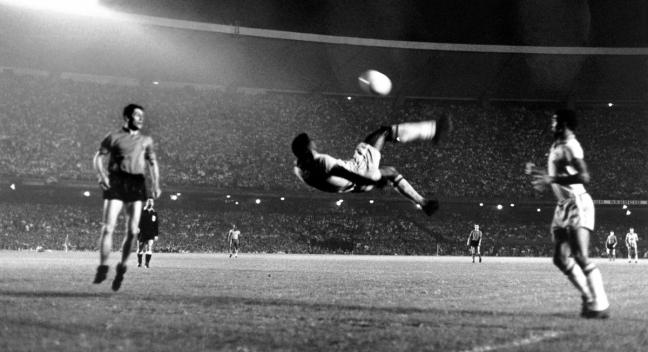
Popperfoto/Getty Images
During training, footballing legend Pelé used to do thousands upon thousands of kick-ups with a grapefruit, leaving the football on the pitch, helping him practice both balance and control. The three-time World Cup winner strove to victory in 1958, ’62 and 1970 with Brazil and it’s these essential skills with a non-perfectly spherical object that made him so comfortable with the ball at his feet.

Muhammad Ali’s regime famously saw him train underwater, increasing his lung capacity, cardiovascular stamina, poise and dexterity. Ali recalled “An old trainer up in Louisville told me that if I practice in the pool, the water resistance acts just like a weight.” The photographer of this infamous shot, Flip Schulke, worryingly mentioned that Ali “didn’t even know how to swim”, but something about his training must have worked.
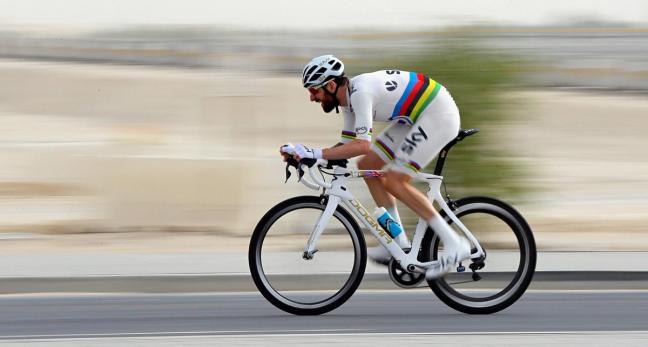
Sir Bradley Wiggins has stated the he lost as much as 14 kilos during the years he competed in the Tour de France, and that his power-to-weight ratio was one of the most important parts of his training. Knowing the optimum weight that athletes can perform at is a huge part of the process (as well as having the stamina and will-power to drop so much weight). When Wiggins was at his lightest, 69kgs, he’s admitted that he lost power and had the potential to “dwindle away” had he carried on at that weight.

During the training for the 1988 Olympics, ski Jumper Eddie “the Eagle” Edwards, was not treated to the state of the art training facilities normally bequeathed to Olympians. “I was training with the Finnish team in Kuopio and I had nowhere to stay so they allowed me to stay there for four weeks as it was close to the jumps. A year later they told me it was Finland’s equivalent to Broadmoor.“ Edwards finished last in both the 70 and 90m Ski Jump. Perhaps the mental pressure of the facility threw his game off?

Become a Gentleman’s Journal Member?
Like the Gentleman’s Journal? Why not join the Clubhouse, a special kind of private club where members receive offers and experiences from hand-picked, premium brands. You will also receive invites to exclusive events, the quarterly print magazine delivered directly to your door and your own membership card.
